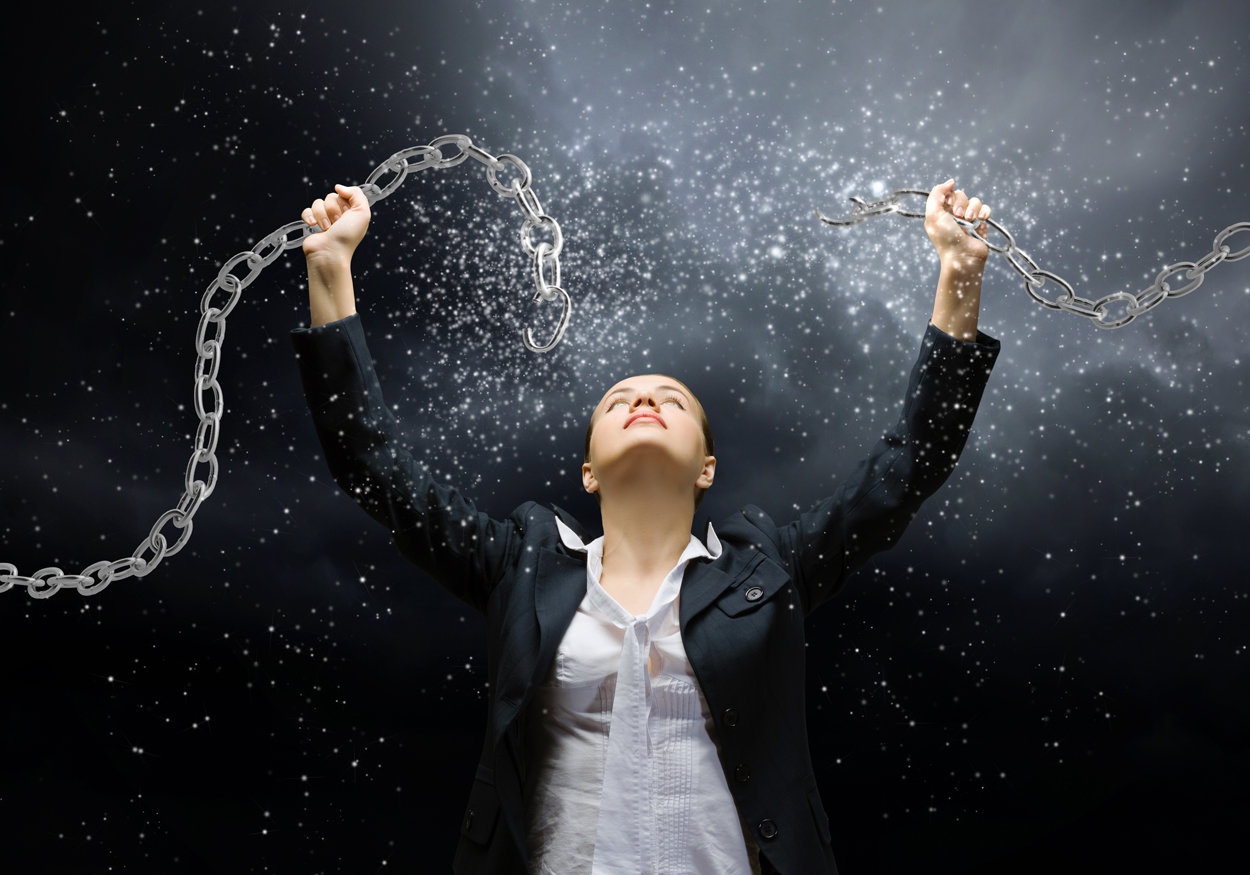
In August, the Atlantic published a piece by Sophie Gilbert titled “The Lazy Trope of the Unethical Female Journalist” that called out Hollywood’s treatment of women reporters. Gilbert gave several examples of how female journalists are negatively portrayed on television and in movies. Women with drinking problems. Women who sleep with their bosses. Women who sleep with their sources. Women who break ethical boundaries. Women who are pretty much lousy at their jobs.
“In her 2016 book,” Gilbert wrote, “(Sarah) Lonsdale writes that there’s something uniquely damaging about portraying women journalists as being willing to trade sex for stories. On the one hand, it undermines their profession further in the public eye. On the other, it further isolates them from their male counterparts, and underlines the suspicion that they’ve earned their positions illegitimately.”
On social media, many women reporters agreed with Gilbert’s article. They don’t all sleep with sources; they understand journalism ethics, and they all take pride in the work they do.
After I read Gilbert’s article, it made me think about how Hollywood has shaped what we think of journalists and their image. The majority of these journalism-centered films and TV shows are filled with clichés, tropes and stereotypes: the gruff editor chewing a cigar and shouting about deadlines; the reporter who’s always hungover; the journalist who seduces her source in order to get an exclusive interview…the list goes on.
Even I’m not immune to what Hollywood offered. I grew up watching the Superman movies in the 1980s, so the first journalist I ever looked up to was Lois Lane. Although Christopher Reeve played the Man of Steel, my starry eyes were on Margot Kidder, the actress who portrayed the strong-willed Daily Planet reporter. She was tough; she went after her story; and she didn’t give up.
As a kid, I thought reporters lived a glamorous life. They had fancy apartments, they traveled to exotic places and they got to talk to interesting people about interesting things. Some reporters do achieve celebrity-like status, but in general, most of them are just “ordinary” men and women working long hours and telling stories in their local communities. I didn’t realize that until I was out of college and working at my first newspaper job, and let me tell you, I didn’t feel like Lois Lane when I was sitting through city council meetings or interviewing high school students about their latest musical production.
It wasn’t glamorous, but somehow I knew it was worth it.
Today, it’s not just Hollywood trying to write the narrative on what a journalist should be or look like. In last month’s editorial, I discussed how dangerous it was for the president to use words like “enemy of the people” when he spoke about the press. In late August, a California man was arrested for making threats to the Boston Globe newsroom, calling them exactly that—the “enemy of the people.” According to the Associated Press, the man was charged for making 14 calls to the Globe newsroom between Aug. 10 and Aug. 22, after the paper’s editorial board asked other newspapers in the country to come together and stand up against Trump’s attacks on the media. In one of those calls, he threatened he was going to start shooting people.
“While it was unsettling for many of our staffers to be threatened in such a way, nobody—really, nobody—let it get in the way of the important work of this institution,” a Globe spokesperson said.
And that should be the real story of what it’s like to be a journalist—men and women who let nothing get in the way of doing their work. We can’t let Hollywood portray us as devious or unethical, and we can’t let the president portray us as the enemy or the villain. We have to shape our identities and write our own stories.
Comments
No comments on this item Please log in to comment by clicking here